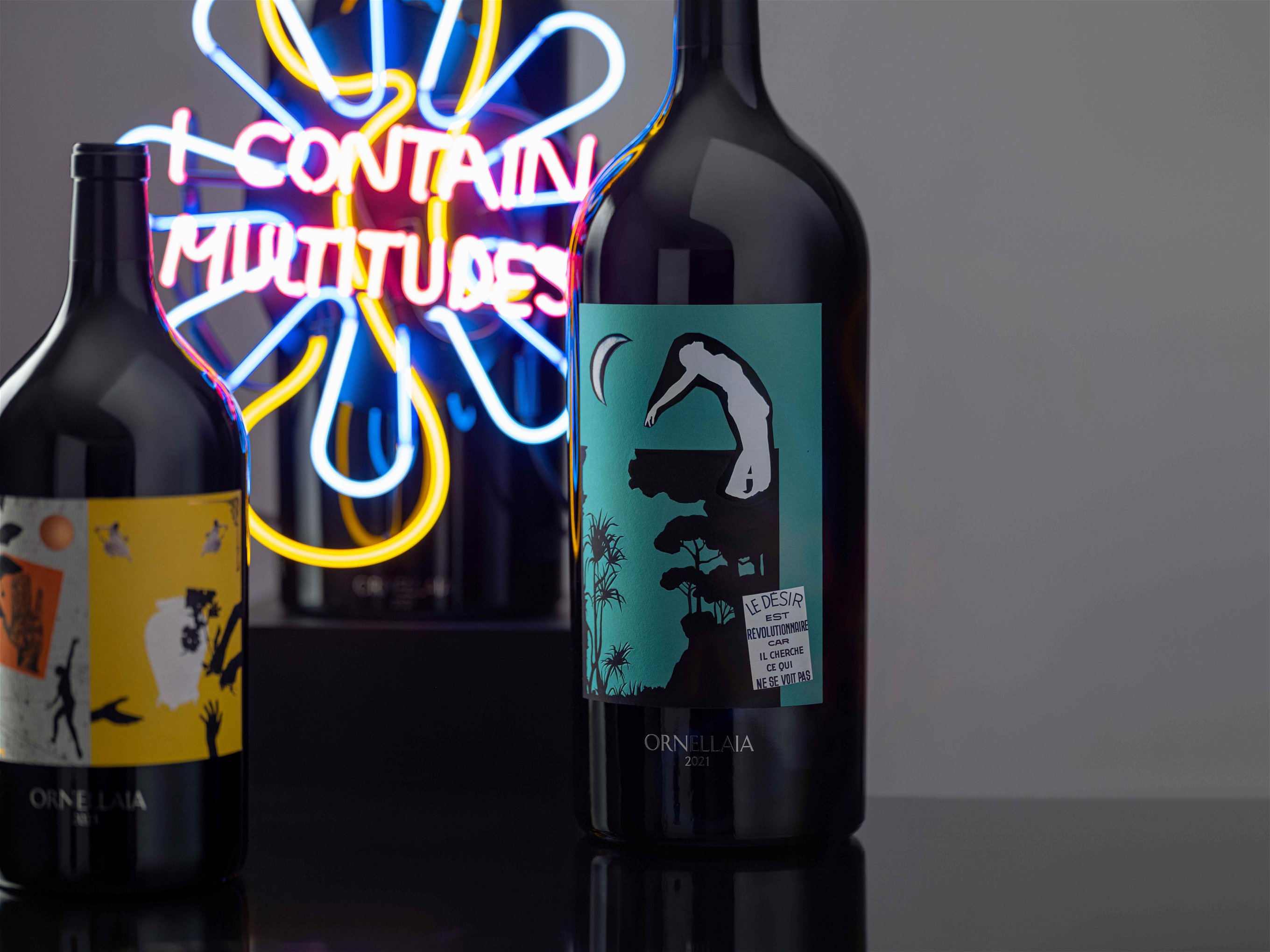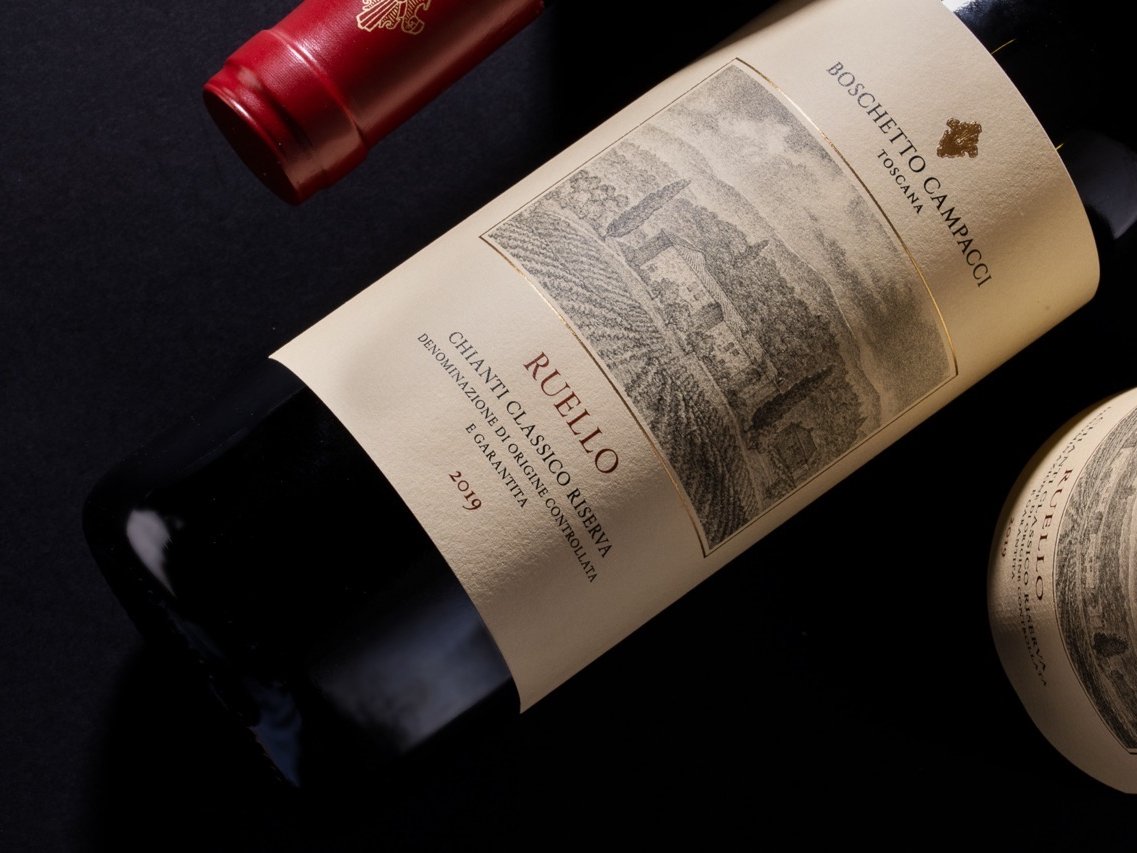Five Central European grape varieties you need to discover
Swinging political borders within Central Europe over the centuries have left a sizeable group of polyglot grape varieties that have a long history and deserve international attention.
1. Furmint
This isn’t just the great white variety of central Europe; it’s one of the most versatile. Furmint may be most famous historically as the star behind those aristocratic sweet wines of Tokaj, but in this Hungarian region as well as further afield, the variety is increasingly encouraged to lend its flair to dry styles, both still and sparkling.
The key to such versatility is Furmint’s high acidity, which brings vigour and longevity to rich, spicy fruit. Particularly when grown on the volcanic soils of Tokaj or Somló, Furmint can display a drive and intensity that lifts it into the company of the world’s great white grapes. That quality and character can also be seen on a smaller scale in Slovenia’s Stajerska region and Austria’s Burgenland.
Many great Tokaj names including Royal Tokaji and Királyudvar today produce thrilling Furmint in both dry and sweet forms. Further west in Somló, the focus is more on dry styles that combine mineral raciness with rich stone fruit as exemplified by the likes of Kolonics. Dry is also the most common style found in Slovenia, where the variety is called Sipon, although Dveri-Pax shows this grape’s equal flair for fizz.
2. Ribolla Gialla
The mountain fresh character of the beautiful landscape that straddles Friuli in Italy and Slovenia’s Goriska Brda region is perfectly captured by its local grape. Ribolla Gialla, or Rebula as it’s known in Slovenia, offers reliably crisp, light and floral refreshment that makes for a crowd-pleasing yet satisfyingly recherché choice.
The variety has a long history in this corner of the world, but suffered significant decline in the late 20th century as many producers pursued the more easily marketable Sauvignon Blanc. Today Ribolla Gialla is enjoying a welcome revival as part of a wider interest in indigenous varieties.
For crystalline purity and floral charm try the Ribolla Gialla from biodynamic Friuli producer Visintini. Over the border in Slovenia – whose wines are often cheaper than their fashionable Italian neighbour – both Edi Simčič and co-operative Klet Brda show off the pleasure and complexity this variety has to offer. For serious texture and amphora-inspired intrigue, try tracking down the cult expressions from Gravner.
3. Blaufränkisch
If Furmint is Central Europe’s great white variety, then Blaufränkisch has a strong claim to this title so far as reds are concerned. The grape thrives in the warm continental summers of Austria’s Burgenland, as well as over the border in Hungary. Here as Kékfrankos it shines particularly in Eger and Szekszárd, two regions known for their Bikavér – or Bull’s Blood – which is today far more refined than it sounds. Small quantities also appear in Germany under the synonym Lemberger.
Blaufränkisch wines can vary significantly in character, from the bright, juicy, cherry fruit of lighter styles to the rich, damson fruit and oak influence commonly found in Mittelburgenland and much of Hungary. Certain sites such as Leithaberg and Spitzerberg lend themselves to a wonderfully cool, stony elegance, but even bigger styles of Blaufränkisch carry exciting potential for complexity and refinement in their layers of spice, energetic acidity, supple tannins and savoury twist.
There’s a Blaufränkisch for every preference. Burgundy fans should explore the single vineyard, mineral-driven expressions of Dorli Muhr in Carnuntum or Birgit Braunstein in Leithaberg. For a meatier, more muscular experience, look to the beautifully controlled, expressive examples from St Andrea in Eger. Eisenberg often treads an exciting balance between these two styles, with Krutzler a prime exponent.
4. Welschriesling
Too often regarded as an inferior variety to the noble “Rhine” Riesling, Welschriesling has suffered from involvement with cheap, sweetened, neutrally flavoured wines. It’s time to forgive those and explore some of the more serious expressions of this consummate Central European grape, known variously as Graševina in Croatia, Olaszrizling in Hungary, Laški Rizling in Slovenia and Riesling Italico in Italy.
Welschriesling’s hallmark acidity and late-ripening lend themselves beautifully to the dancingly sweet, intensely flavoured botrytis styles that are such a specialism of Rust in Austria thanks to the misty influence of the Neusiedlersee. But sweet wines are a tricky sell and many producers elsewhere focus on dry wines, using lees aging, ripe fruit and low yields to wrap that acidity in a nutty, floral and citrus embrace.
Kutjevo in north-eastern Croatia’s Slavonia region has a particularly proud Graševina heritage. It also lends its name to the Kutjevo winery, whose 800-year old cellars house an impressive Graševina library. For a sweet fix, treat yourself to a bottle of Heidi Schröck’s Ruster Ausbruch.
5. Refosco
Refosco’s image is hampered by a particularly complicated family tree and multiple synonyms. In Friuli, the name generally refers to its superior incarnation of Refosco dal Peduncolo Rosso. However in nearby Istria, a region shared by Slovenia, Croatia and Italy, a variety referred to variously as Refošk, Teran or Terrano has now been confirmed as a close cousin rather than identical. Fortunately, both are worth discovering.
Another Refosco challenge has been to handle this variety’s potential for fierce acidity and tough tannins. When these are tamed, Refosco yields a rewarding sour cherry perfume with dark blackberry fruit, spices, wild herbs and lively bite. That bitter, palate sharpening character is shared by Refošk. These wines need food.
Friuli producer Miani makes small amounts of hotly sought after Refosco. Right on the border with Slovenia, Zidarich is a name to look out for, creating Teran of thrilling purity, intensity and length. The gamey freshness of Teran from Croatian producer Benvenuti cries out for a plate of charcuterie.














